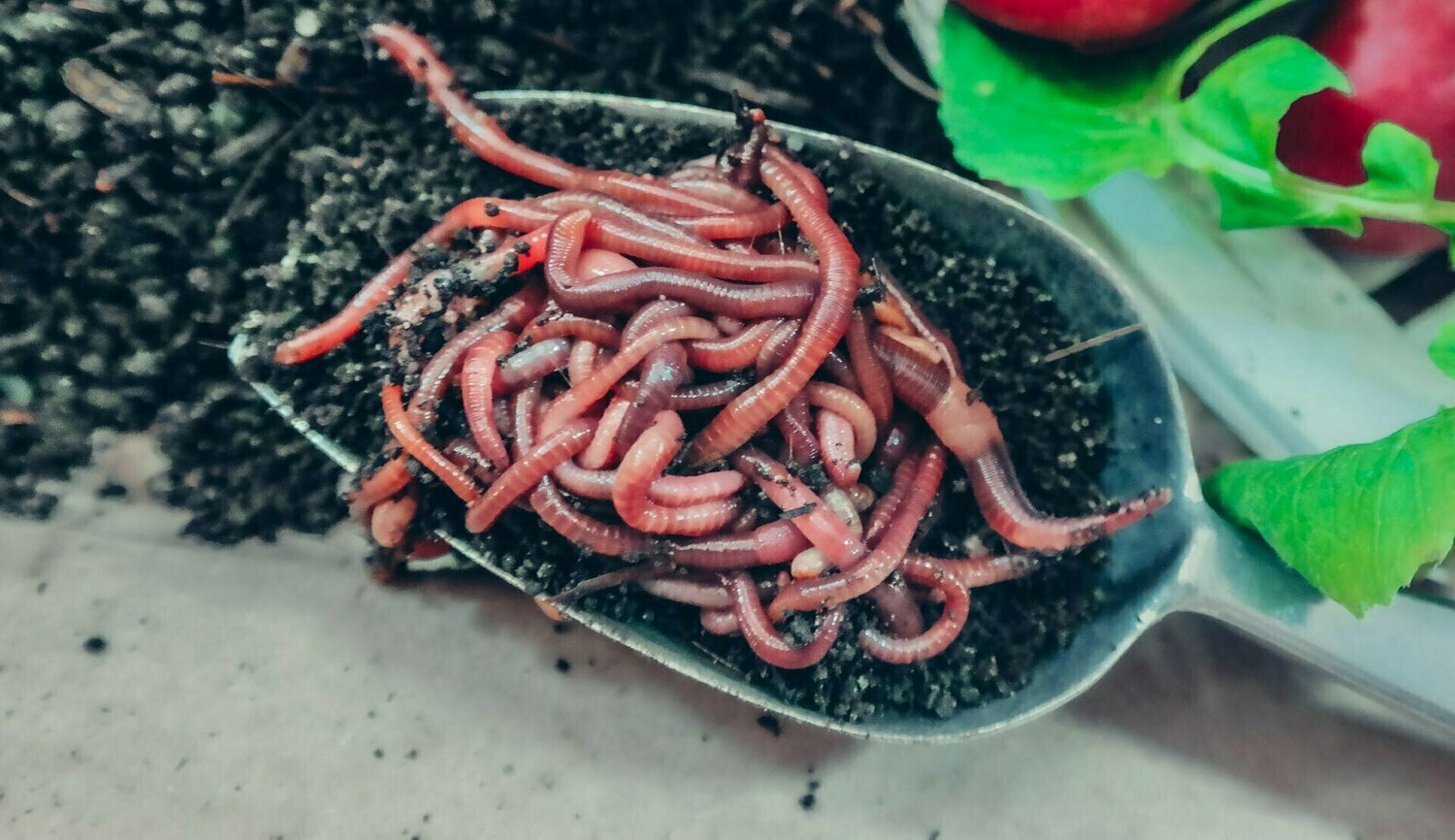Whatever You Required to Learn About Red Wigglers for Composting
Red wigglers, or Eisenia fetida, play a pivotal duty in the realm of composting, transforming organic waste into important soil modifications. The procedure of establishing up a worm container and preserving it can posture challenges.
What Are Red Wigglers?

(red worms for composting)
Belonging To North America, red wigglers are surface-dwelling organisms that favor damp, warm habitats abundant in decaying organic issue. Their diet regimen is composed mainly of decomposing plant product, food scraps, and various other natural debris, which they eat and break down efficiently. As they digest this product, they generate nutrient-rich castings that enhance soil fertility.
Red wigglers are hermaphroditic, possessing both male and female reproductive organs, and can recreate promptly under optimum problems. This capability makes them an ideal choice for composting systems, as their population can boost quickly. Their resilience and flexibility to different environments better strengthen their significance in sustainable waste monitoring techniques. Generally, red wigglers are important contributors to the process of recycling organic waste into useful garden compost.
Benefits of Utilizing Red Wigglers
Making use of red wigglers in composting systems provides various advantages that enhance both the efficiency of waste management and the quality of the resulting garden compost. These worms, clinically understood as Eisenia fetida, are particularly effective at breaking down raw material, turning kitchen scraps and yard waste into nutrient-rich garden compost at an increased rate.
One of the key advantages of making use of red wigglers is their ability to consume big amounts of natural material, usually refining their weight in food waste daily. This high usage rate brings about quicker decomposition and decreases the volume of waste sent to garbage dumps. The castings produced by red wigglers are abundant in crucial nutrients, helpful microbes, and enzymes, making them a superb plant food for yards and plants.
Additionally, red wigglers prosper in a range of atmospheres, making them adaptable for both indoor and outdoor composting systems - red wigglers. Their visibility in a compost bin assists to aerate the product, preventing odors and promoting a healthy and balanced composting process. On the whole, utilizing red wigglers not just contributes to reliable waste management but also sustains lasting horticulture techniques through the production of top notch garden compost
(red worms)
Establishing Your Worm Container
To effectively set up a worm bin, it is vital to select a proper container that satisfies the requirements of red wigglers while offering a conducive atmosphere for composting. An appropriate bin can be made from plastic, wood, or steel, with a capability of at the very least 1 square foot for every pound of worms.
Make sure the container has adequate drain holes to prevent excess moisture, as red wigglers flourish in a damp, however not waterlogged, atmosphere. red wigglers. The container ought to additionally be aerated to provide adequate air flow, stopping anaerobic problems that can hurt the worms
A perfect location for the worm container is an amazing, dark area, devoid of straight sunlight and extreme temperatures, as red wigglers prefer a temperature variety of 55 to 77 degrees Fahrenheit.
Before introducing the worms, prepare bed linens materials such as shredded newspaper, cardboard, or coconut coir, which will certainly supply both habitat and food. Moisten the bed linen lightly to produce a welcoming setting for the worms. Think about putting a lid on the bin to maintain moisture and lower parasites, while guaranteeing it can be conveniently removed for upkeep.
Feeding and Care Standards
Feeding red wigglers is a critical aspect of maintaining a healthy and balanced composting system. These worms flourish on a diverse diet regimen, largely composed of organic materials such as fruit and vegetable scraps, coffee premises, and crushed eggshells. It is vital to prevent feeding them meat, dairy products, and oily foods, as these can produce unpleasant smells and draw in pests.
When introducing food to your worm container, chop or shred materials right into smaller items to assist in quicker decay. Start with percentages to assess the worms' consumption price, slowly boosting the quantity as they adapt. It is a good idea to alternative feeding places within the bin to encourage thorough mixing and aeration of the compost.

Troubleshooting Common Issues
Keeping a flourishing worm composting system can sometimes present difficulties that need interest and troubleshooting. Usual problems consist of an unpleasant smell, which frequently shows overfeeding or the presence of anaerobic conditions. To remedy this, decrease the quantity of food included and make sure appropriate oygenation by mixing the bed linens material.
An additional constant trouble is the getaway of worms from the bin. This can happen due to too much moisture or improper environmental conditions. Routinely check the wetness degrees, aiming for a moist but not soaked consistency, and keep optimal temperatures between 60-80 ° F(15-27 ° C )to develop a comfy environment for your red wigglers.
Parasites, such as fruit flies, can additionally invade worm bins. red wigglers. To battle this, cover food scraps with a layer of bed linen or shredded paper to hinder flies from laying eggs. In addition, guarantee that any kind of food included is fresh and without mold, which can draw in unwanted pests
Last but not least, if your worms seem non-active, look for stress and anxiety elements such as temperature level changes or poor moisture. webpage Addressing these usual concerns will certainly help maintain a healthy and productive worm composting system.
Final Thought
In recap, red wigglers, or Eisenia fetida, play a crucial function in lasting waste management via vermicomposting. Their ability to efficiently convert natural waste into nutrient-dense spreadings enhances dirt health and wellness and promotes plant growth. Appropriate configuration and upkeep of a worm bin, in addition to adherence to feeding guidelines, make sure a flourishing community that lessens landfill payments. Addressing typical concerns immediately additionally supports the efficiency of this environmental method, contributing to ecological sustainability and agricultural efficiency.